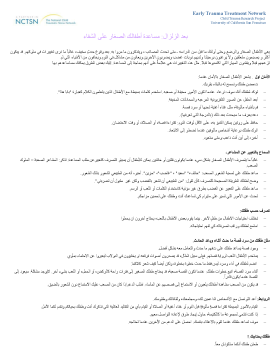
After the Earthquake: Helping Young Children Heal (in Arabic)
Provides information on how parents can help their young children cope with the aftermath of an earthquake. Translated February 2023.
The following resources on child trauma were developed by the NCTSN. To find a specific topic or resource, enter keywords in the search box, or filter by resource type, trauma type, language, or audience.

Provides information on how parents can help their young children cope with the aftermath of an earthquake. Translated February 2023.
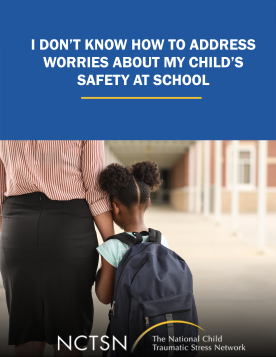
Includes discussion from providers who work with families, communities, and schools before, during, and after violent events as well as parents and school staff, to explore personal experiences faced by those who have struggled to deal with and address their child’s safety at school.
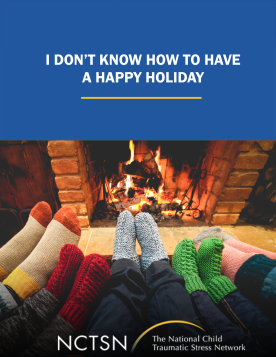
Hear from providers who are working with bereaved parents and caregivers as well as a parent advocate to explore personal experiences faced by parents whose families are struggling with grief and loss this holiday season and talk with providers who help youth and families cope with those feelings
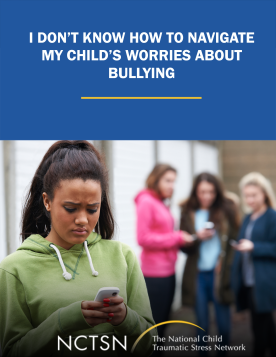
Explores personal experiences faced by parents whose children are dealing with bullying in school and the challenges that accompany a successful intervention to stop the bullying behaviors.
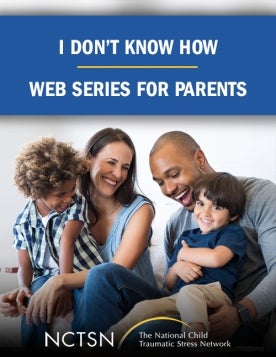
Explores difficult topics to help equip parents with the tools to navigate and provide support for various mental health conditions.
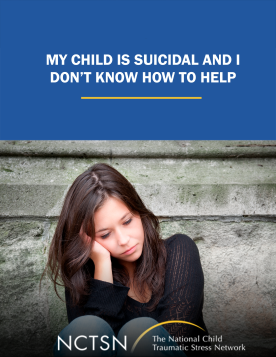
Explores personal experiences faced by parents who learn that their child is struggling with suicidal thoughts, teachers who support youth struggling with suicidal thoughts in school, and providers who help youth and families negotiate recovery...
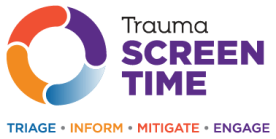
Provides staff in child-serving systems with best practices for trauma screening.
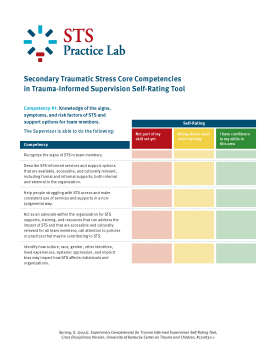
Is a self-rating tool that walks users through each of the competencies in STS cross-disciplinary version.
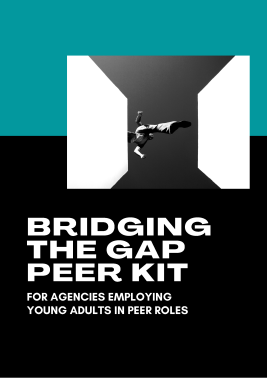
Provides resources, processes, and practices to support young people in peer roles working in community mental health settings.

Provides information on how to talk to children about mass shootings. This tip sheet describes ways to talk to children about mass violence events that involve a shooting. Translated 2022.
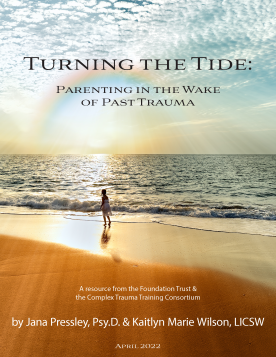
Gives voice to the struggles of parents and caregivers who experienced trauma growing up in their own families. For adults who are living with the painful effects of their own childhood environment, becoming a parent may introduce a variety of new emotional and functional challenges.
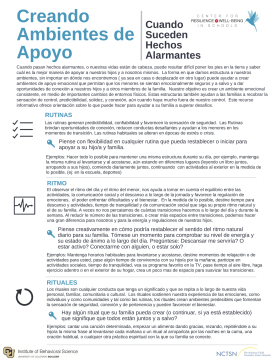
Cómo crear ambientes de apoyo cuando ocurren hechos atemorizantes: ofrece orientación para crear ambientes de apoyo para los jóvenes cuando ocurren hechos atemorizantes. Esta hoja informativa incluye información sobre rutinas, ritmos y rituales.